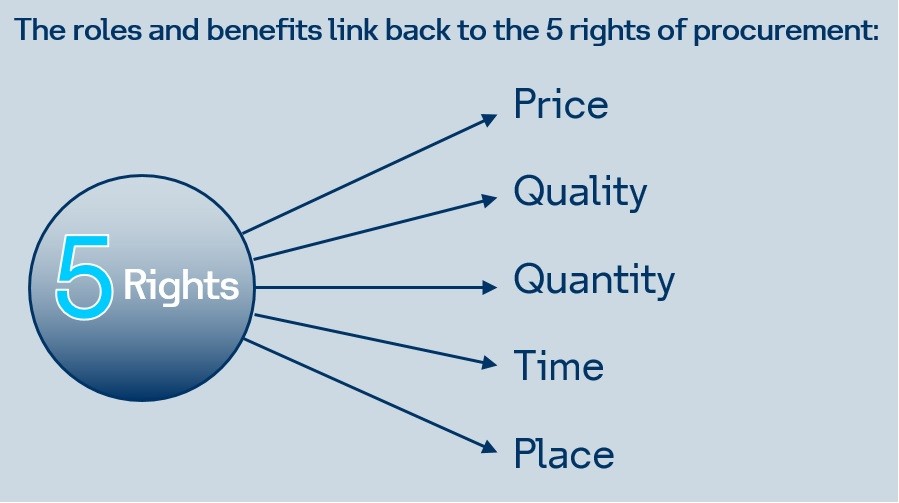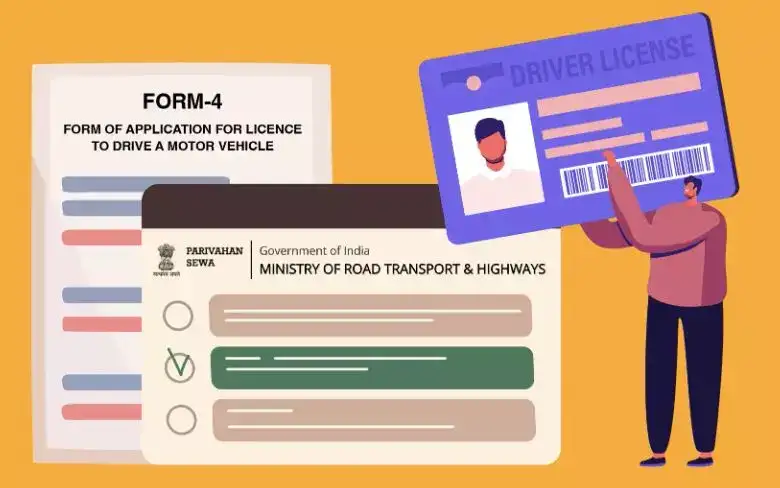Understanding the 5 Rights of Procurement: A Key to Streamlined Supply Chain Management

Strong 8k brings an ultra-HD IPTV experience to your living room and your pocket.
These principles are commonly referred to as the 5 Rights of Procurement. This set of guidelines helps procurement professionals procure resources efficiently and economically while remaining aligned with the company's business strategy.
Procurement is an essential function in any supply chain. It guarantees that resources are available and business operations can function smoothly. But the journey to procurement can be overwhelming, often faced with multiple vendors, varying timelines, fluctuating prices, and complicated contracts and therefore procurement lasts a long and rough road. An extensive understanding of the 5 Rights of Procurement assists professionals in their work.
What Are the 5 Rights of Procurement?
The 5 Rights of Procurement reflect the basic principles through which buyers enter agreements for products and services. They are:
1. Right Product/Service
The first right is obtaining the correct product or service that suits the organization. This entails ensuring that the quality of procurements complies with required standards. The procurements team must assess all specifications, usage needs, and possible suppliers to ensure that the right product is procured.
2. Right Time
Timing is of the essence in procurement. The second right implies that products or services are delivered when they are needed. Late delivery leads to delays in production or service delivery, causing improper operational efficiency. To allow proper delivery of goods at the right time requires that proper planning is done and suppliers are monitored and managed.
3. Right Price
Getting the right price is a key element in the procurement sphere. Paying too much for products or services directly eats into an organization’s profits. Procurement is an art, and professionals need to negotiate well and do comparative pricing against other vendors to ensure they receive the best price. Value for money should be within the focus.
4. Right Supplier
Choosing the right supplier has a substantial stake in the procurement's success. The right supplier shall offer products and services of high standards while remaining dependable, punctual, and financially sound. Once rapport with suppliers is built for mutual interest, good service delivery could be negotiated, improving terms and opening up the door for long-term partnerships.
5. Right Quantity
The fifth right centers on the procurement of the right quantity of goods or services. This signifies neither too much nor too little, that is, too much leads to excess inventory and wastage, while too little leads to stock-outs and supply chain disruptions. The art of getting it right rests on forecasting demand accurately and managing inventory.
Why Are the 5 Rights of Procurement Important?
These five rights help organizations tremendously in operational efficiency within the organization, cost savings, and ultimately supply chain optimization. Procurement is so much more than purchasing; it is chief among the drivers that align the entire systems of the organization with the strategic objectives of the company. Heightened decision-making, much stronger supplier relations, and superior business performance are the results of well-thought application of the rights of procurement.
Genuine implementation of the rights translates into delays, cost overruns, stock-outs, and the impossible often disruption of business, damaging its performance in more severe terms. Now, the applicability of such 5 Rights of Procurement day-to-day practices become an imperative need as the requirements for shorter production cycles increase, coupled with better quality and cost control.
How Technology Enhances the Procurement Process
As with the increasing winds of trade, procurement personnel have been seen embracing technology to outperform competitors and stay true to the 5 Rights of Procurement. Procurement tools and automated platforms have made it easier for teams to gain access to suppliers faster, trace order deliveries, maintain inventory, and negotiate costs to their advantage, onsite or off, anywhere in the world.
For example, the ControlHub platform greatly enhances the management of procurement processes whereby it facilitates tracking of order status, engaging in contract management as well as analyzing supplier performance. With technology, procurement teams can reduce the chances of human error within their processes, optimize these very processes, and gain maximum visibility over their entire supply chain.
Conclusion
With respect to efficiency and effectiveness in procurement management, the 5 Rights of Procurement stand foundational. Once procurement professionals have synchronously secured the right product, at the right time, for the right price, from the right supplier, and in the right quantity, the bottom line will be significantly affected by enhancing the organizational performance and profitability. Hence, for any company hoping to be able to sustain its procurement processes, adoption of the 5 Rights of Procurement is a good preliminary step.
In order to learn more about these rights and the way they influence the purchasing process, the reader could visit 5 Rights of Procurement. With the right knowledge, tools, and technology, organizations could revamp their procurement strategies to attain sustainable success.
Note: IndiBlogHub features both user-submitted and editorial content. We do not verify third-party contributions. Read our Disclaimer and Privacy Policyfor details.







